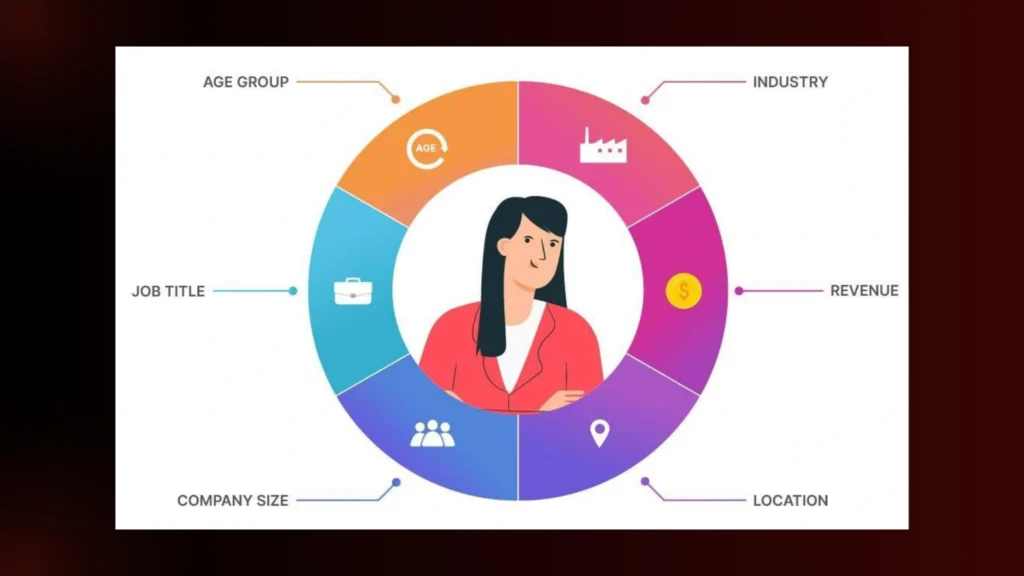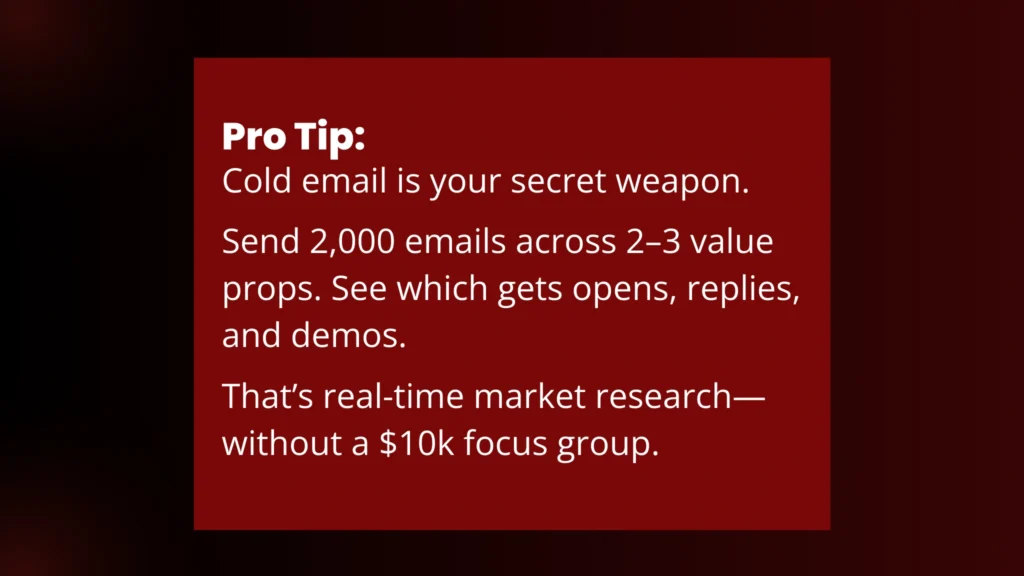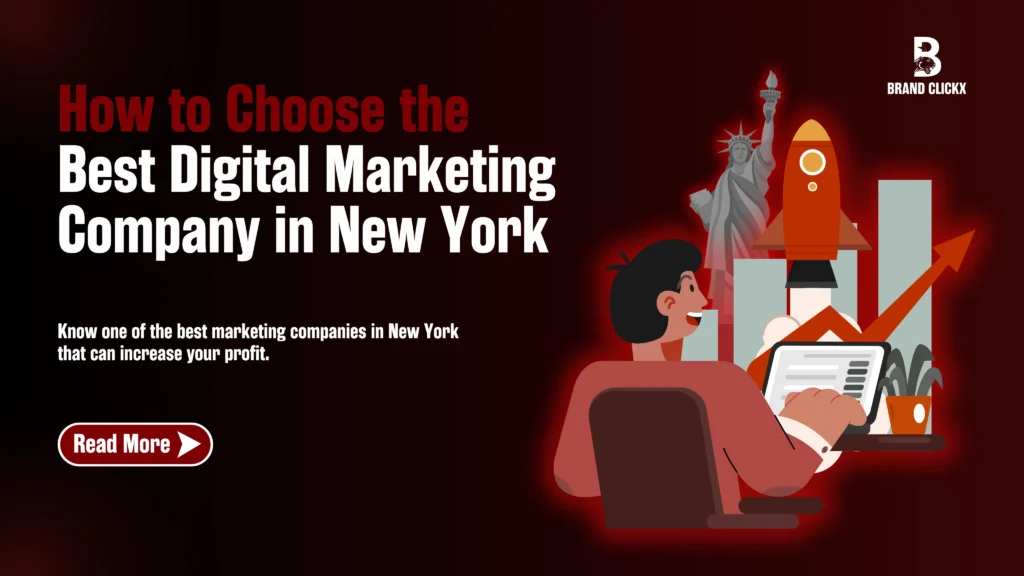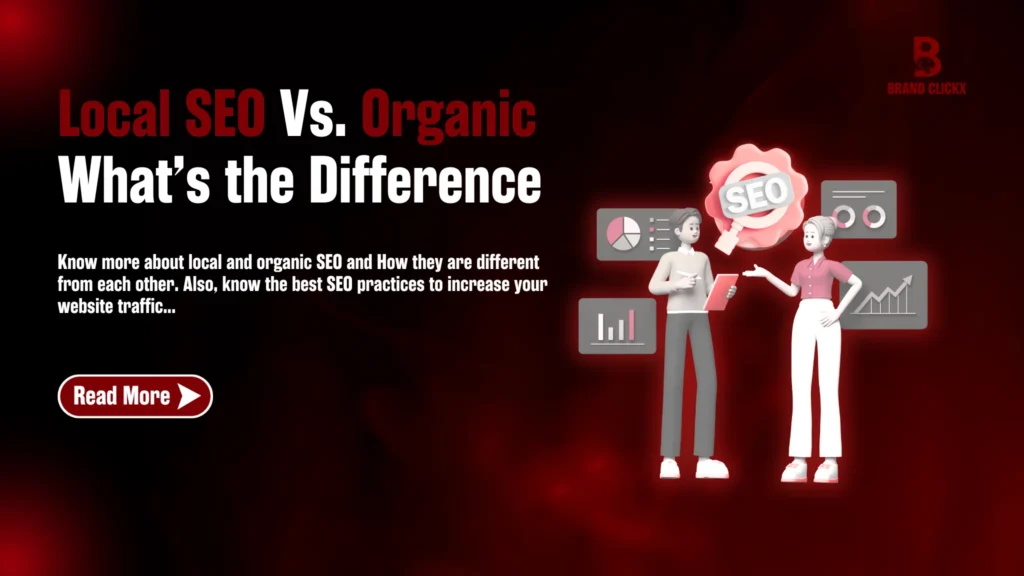So, you’ve built something awesome. A B2B SaaS product that (probably) solves a real pain point. You’ve got the brains, the tech, and maybe even a few early users.
But now comes the big question that separates the side projects from scaling startups: How do you actually get people to care, click, and convert?
Spoiler: Not through wishful thinking. And definitely not by sending 12 cold emails and giving up.
Designing a marketing funnel that actually works (one that fills your pipeline with the right leads, at the right time, with the right message) takes more than just watching YouTube gurus or copying someone’s “secret template.”
It takes experimentation, hypothesis-driven strategy, and a bit of humble pie (because what you think will work… probably won’t at first).
In this guide, we’ll walk you through what a high-converting B2B SaaS marketing funnel really looks like — based on real-life learnings.
We’ll unpack:
- Why volume matters (a lot)
- How to choose the right channels (no more guessing)
- What not to do when messaging prospects
- And how to finally move from “we’ve got a product” to “we’ve got a pipeline.”
Ready to build a funnel that doesn’t flop? Let’s get started!
B2B SaaS Marketing Funnel, What Is it?
A B2B SaaS marketing funnel is the strategic path you design to guide potential business customers—from the moment they first hear about your product to the point where they become loyal, paying users (and, ideally, raving fans).

It captures attention, builds trust, and turns “Hmm, interesting…” into “Take my money.” Unlike B2C funnels, where decisions are often emotional and fast, B2B SaaS funnels deal with longer cycles, multiple decision-makers, and higher price points. So, every stage of the funnel must work smarter, not just harder.
Why This Funnel Actually Matters
Here’s the thing: SaaS businesses live or die by predictable revenue. A funnel isn’t just a nice diagram in Notion—it’s your path to cash flow, scalability, and survival.
Without a well-built funnel:
- You burn through ad spend or outreach with little return.
- You get “interest” but no conversions.
- You rely on random referrals instead of a repeatable system.
But with a strong funnel?
You start to own your growth. Leads flow in, sales get smoother, and your team knows what’s working—and what’s not.
TL;DR: A good funnel doesn’t just help you sell—it helps you scale, learn faster, and win more deals with less chaos.
Key Components of a High-Converting B2B SaaS Funnel

1. Ideal Customer Profile (ICP)
Before you spend a single dollar on ads or write your first cold email, you need to know who you’re talking to.
Your ICP isn’t just a job title or a vague idea like “SaaS companies with 10+ employees.” It’s the exact kind of business (and decision-maker) that needs your solution, gets your value, and has the budget to buy.
Why It Matters:
You could have the slickest funnel ever—but if it’s pointed at the wrong crowd? Crickets. Defining your ICP keeps your messaging, channels, and offers laser-focused.
How to Define & Test:
Start with 2–3 educated guesses. Create light personas based on the following:

- Industry
- Location
- Job title (e.g., Head of Sales vs Marketing Manager)
- Pain points
- Company size
- Tech maturity
Then, test fast. Use outreach (like cold emails) to see who bites and who converts. After a few weeks, you’ll know which persona is worth doubling down on.
Real-life example:
Say you’re building a CRM specifically for realtors.
You test 3 personas:
- Independent real estate agents
- Brokerage firm owners
- Sales managers at national chains
It turns out that Persona #1 replies to your emails and book demos. Congrats—you’ve found your starting ICP!
2. Channel Selection
Let’s bust a myth: not all channels are created equal. And no, you don’t need to be everywhere at once.
Common Channels for B2B SaaS:
- Cold email (still undefeated if done well)
- LinkedIn (organic posts + outbound DMs = combo punch)
- LinkedIn Ads (if you’ve got budget and targeting dialled in)
- Cold calling (surprisingly powerful for high-ticket SaaS)
- SEO & content marketing (long-term compounding growth)
Also Read: The Ultimate Guide to Building a High-Converting Facebook Ads Funnel
Choose Wisely:
Your ICP and product maturity will tell you where to focus.
1. Early-Stage SaaS with Zero Brand? Go Cold Outreach + Content
If you’re an early-stage SaaS company with little to no brand awareness, your best bet is to focus on cold outreach and solid content.
Start conversations directly through email or LinkedIn DMs while also publishing useful, no-fluff content that builds trust and shows you know your stuff.
2. Mid-Stage SaaS? Layer on LinkedIn Ads + SEO
If you’ve reached the mid-stage—where you already have some traffic, case studies, and a few happy clients to brag about—this is the perfect time to amplify your reach with LinkedIn Ads and double down on SEO. People are already searching for what you offer, so make sure they can actually find you.
3. Selling to Traditional Industries? Cold Calling Still Wins
If you’re selling to more traditional or old-school industries, don’t sleep on cold calling. While it might feel a bit retro, picking up the phone and talking directly still works wonders—especially when your audience isn’t hanging out on social media all day.
3. Messaging & Value Proposition
You’ve got the right people and the right channels—but if your message doesn’t land, nothing moves.
The biggest mistake? Using one-size-fits-all messaging. What works for a tech-savvy CMO won’t work for a time-strapped Ops Director. So what to do?
Use A/B testing to refine your value prop. And no, you don’t need a fancy tool. Just send different versions of your message to different segments.

Write to Resonate — Not Just to Sell
Your messaging shouldn’t feel like a pitch; it should feel like you understand them better than their coworkers do. That’s how you win trust before the demo even happens. Here’s how to get there:
1. Speak to Their Daily Pain Points
Don’t just highlight features—talk about the annoying bottlenecks they face every single day. Is their sales pipeline leaking leads? Are they wasting hours on manual reporting?
Call it out. The more specific you are about their struggles, the more they’ll feel like your product gets them.
2. Highlight the Outcomes They Actually Care About
Nobody wakes up dreaming about “automated dashboards”,—but they do care about hitting KPIs faster, impressing their boss, or cutting down on grunt work.
Focus on the end results they crave, whether it’s scaling smoothly, improving team efficiency, or finally having a weekend off.
3. Use the Language They Use
Skip the jargon. Read what they post on LinkedIn. Listen to how they talk in podcasts or Slack communities. Then, mirror that tone.
If they call it “lead drop-off,” don’t call it “prospect attrition.” Speak like a peer, not a brochure.
Example:
Instead of saying, “Our CRM increases efficiency,” say, “No more digging through spreadsheets at 9 PM to track leads.”
Actual Structure of a B2B SaaS Marketing Funnel

This isn’t just a marketing theory. A SaaS funnel is a journey — from grabbing attention to building trust and finally turning interest into income. Let’s break it down step by step, with real, actionable insight.
1. Top of Funnel (ToFu) – Spark Interest
At the top of your funnel, your focus is on visibility: getting your product in front of the right people. These are your ideal customers, but they don’t know who you are yet. So, your job is to catch their attention and make them curious.
You do this by sending value-driven cold emails, reaching out on LinkedIn, publishing SEO blog posts, and running awareness-level LinkedIn Ads. Hosting short webinars or offering helpful downloadable guides also works well.
But it’s not about blasting the internet with content. It starts with defining 2–3 buyer personas. This gives you clarity about who you’re trying to reach and what messaging might land best.
Send cold outreach at scale — a minimum of 2,000 emails per value prop is recommended if you want meaningful results. Test different angles, pain points, and tones. Pay attention to replies, open rates, and the questions people ask.
And finally, build content that speaks directly to customer struggles. Instead of talking about your features, talk about their pain. That’s how you earn attention.
2. Middle of Funnel (MoFu) – Build Trust
Once people know who you are, the next step is helping them trust you. They’re curious, maybe even interested, but they’re not ready to buy — not yet. Your job now is to educate and qualify them.
This is where you bring in more in-depth content. Case studies, explainer videos, and demos go a long way. Instead of trying to impress, aim to relate. Show how other companies solved the same problems using your solution. Use retargeting ads to keep your brand in front of those who already visited your site or engaged with your content.
You also want to start some form of lead qualification here. It could be a short call or even an automated form. At the same time, conversations should be kept via LinkedIn or thoughtful email follow-ups.
When messaging in MoFu, repeat the value propositions that worked during ToFu. But now, take it deeper — address common objections, highlight customer success stories, and show what real transformation looks like. You’re no longer just sparking interest — you’re proving value.
3. Bottom of Funnel (BoFu) – Seal the Deal
Now you’re speaking to people who are seriously considering your solution. They know who you are. They understand what you do. Now they want to know if it’ll really work for them. This is where the decision happens — and every move counts.
Start offering free trials, 1-on-1 consults, or product walkthroughs. These aren’t pitches — they’re personalized sessions to answer real questions. Your outreach here should feel human and direct. Mention their specific pain points, relate to their industry, and show exactly how your product delivers ROI.
Be upfront about pricing. Hiding it only causes friction. You can also use light urgency here — for example, offering a limited-time bonus, fast-track onboarding, or early access to a feature.
Also, A/B tests different CTAs and messages at this stage. One small tweak in wording or offer can move the needle significantly. Your job here isn’t to convince — it’s to make saying yes feel like the obvious next step.
Post-Funnel – Keep Them, Grow Them
Once someone becomes a customer, it’s tempting to move on to the next lead. But don’t. Your post-funnel strategy is where growth and long-term success actually live.
A smooth onboarding experience is critical. Make it easy for new users to get started and experience quick wins. Offer upsells or cross-sells only when they truly add value — forced upgrades just create frustration.
Encourage satisfied customers to refer others. You can ask directly, run a referral program, or simply create shareable moments during onboarding. Don’t forget to request testimonials or case study participation from your happiest clients — it adds powerful social proof for your next wave of prospects.
In the end, a funnel isn’t just about conversion. It’s about building relationships that stick — and grow.
Read Blog Posts:
- Guide to Winning SaaS SEO Strategy: Boost Traffic & Growth
- Top 10 ways to use TikTok marketing for restaurants
- Instagram Marketing for Local Businesses: A Practical Guide
FAQs
1. What is a B2B Sales Funnel for SaaS?
A B2B sales funnel for SaaS maps out the journey a potential customer takes before deciding to buy your software. It usually starts with them discovering your product, learning more about it, and finally making a purchase. The funnel helps organize and guide your sales process to turn interest into revenue.
2. What is a B2B Marketing Funnel?
A B2B marketing funnel is a way to attract, engage, and convert businesses into loyal customers. It starts by building awareness, followed by nurturing interest, and ends with helping the buyer make a confident decision. Each stage is designed to move the right people closer to choosing your solution.
3. What are the Marketing Strategies for B2B SaaS?
Effective B2B SaaS marketing strategies focus on solving real problems. This includes creating educational blog content, running targeted LinkedIn ads, sending personalized cold emails, and hosting short webinars. The aim is to show potential customers how your software can make their work easier or more efficient.
4. What is Funnel Analysis in SaaS?
Funnel analysis in SaaS is about tracking how people move through your marketing or sales stages. It shows where potential customers drop off or lose interest. By spotting these patterns, you can fix what’s not working and improve the chances of turning leads into customers.
Feeling Stuck with Your Marketing Funnel?
Don’t sweat it. Brand ClickX has got your back. If you’re just starting or trying to fix what’s broken, we make sure the right leads find you, the right message hits home, and the conversions follow naturally.
Let’s get your funnel working the way it should. Ready? Hit us up.



